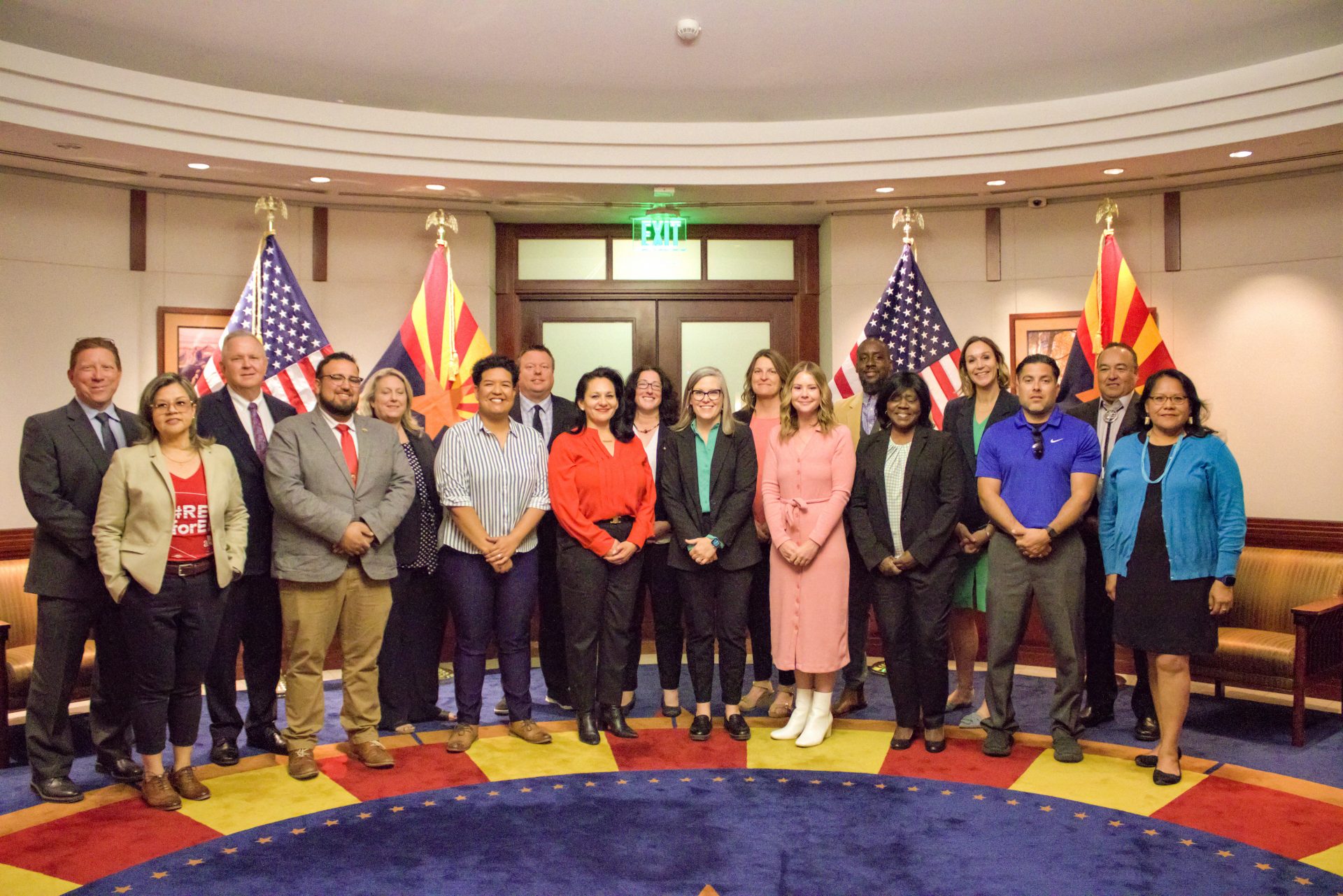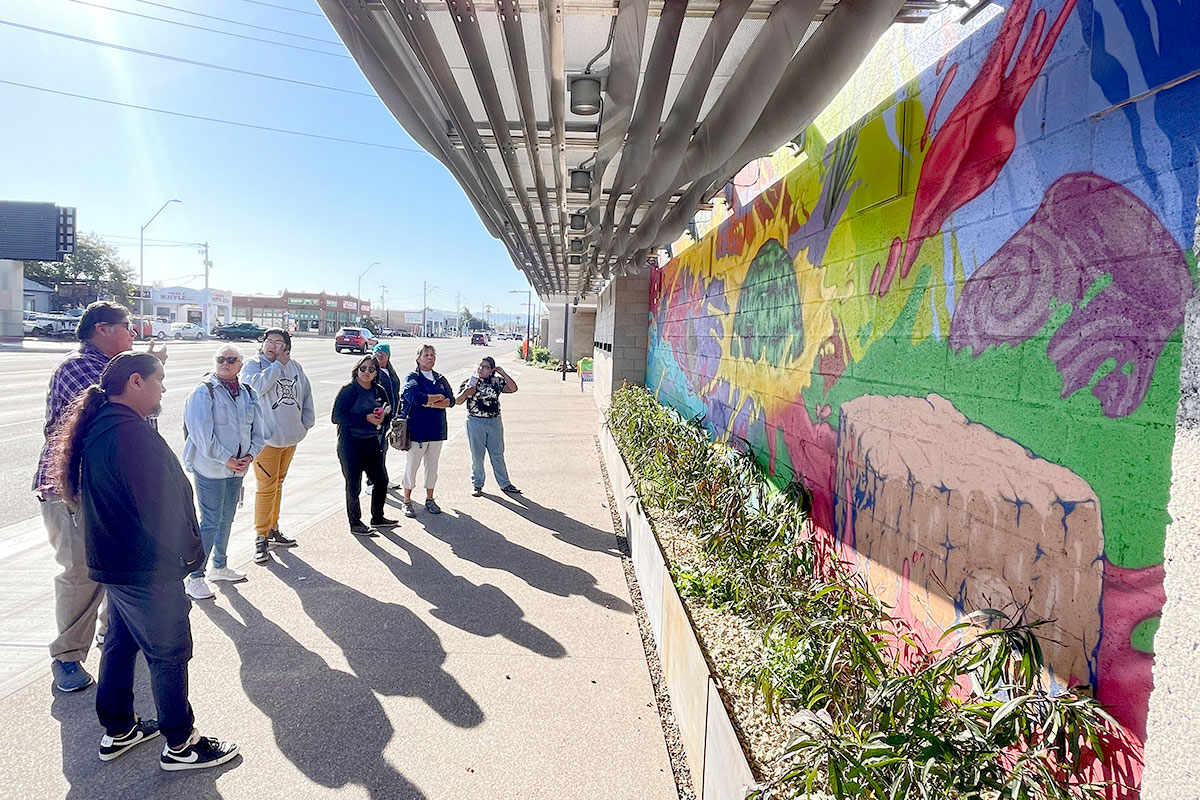VIEWS: 951
April 26, 2023Governor Hobbs Appoints Salt River Educator to Task Force
Arizona Governor Katie Hobbs has appointed Salt River Elementary School third-grade teacher Dr. Lynette Stant to the state’s newly established Educator Retention Task Force. The task force aims to better understand the issues affecting teacher retention, including pay and benefits, and to raise the standard of learning in Arizona.

Teacher retention is a vitally important issue in Arizona, which has been losing qualified teachers from the classroom. Many people applied to serve on the task force; they received 650 applications for only 19 openings. The task force consists not only of teachers and school district administrators, but also parents and other experts in the education field statewide.
The task force held its first meeting on April 5. The members will meet regularly to collect findings, discuss them and provide recommendations in a report that will be submitted to Governor Hobbs on December 1. They will also contact all 650 educators who applied and ask for their feedback on the issues.
Dr. Stant, a member of the Navajo Nation from Tuba City, is one of two Indigenous educators selected for the task force. The other is Quincy Natay, superintendent of the Chinle Unified School District on the Navajo Nation.
This is not the first time Dr. Stant has been recognized for her service to education, having been recognized as the 2020 Teacher of the Year. She said that being recognized for these achievements has opened the door for advocating on behalf of her fellow educators.
“I am able to use my voice to help elevate Native teachers and rural communities, since I am originally from a rural community myself,” said Dr. Stant. “I went to public school and we’ve talked about reservation public schools at length, because their challenges are different than [the challenges of] public schools in urban settings.
“For Governor Hobbs to establish this committee to address the educator retention crisis that our state is facing, [she] feels that it is one of the most pressing issues that our state faces,” said Dr. Stant.
Dr. Stant chose to sit on the task force’s Compensation and Benefits Committee, which will gather information from school districts across the state.
“This is a vetted task force to help identify solutions so that Arizona can become a national leader along with other states in retaining educators,” said Dr. Stant. She said one way to help retain teachers is to provide them with compensation that meets their needs as the cost of living goes up.
How large of a crisis is the Arizona education system facing? According to Dr. Stant, there are about 25,000 individuals who hold a teaching certificate but are not currently instructing in the class. More specifically, according to The 2020 Arizona Teacher Workforce, a report prepared by the Arizona Department of Education and the Mary Lou Fulton Teachers College at Arizona State University, almost 60,000 teachers are working in Arizona classrooms. However, almost 25,000 additional individuals with a teacher’s certificate have taught in Arizona but are not working in classrooms today. Additionally, over 10,000 have a teaching certificate but have never taught in Arizona. In total, there are 34,661 people with an active teaching certificate who are not teaching.
“That’s a huge number,” said Dr. Stant. “Why are we not able to retain our teachers? That is something we are looking into.”
She said her committee on the task force also will investigate teacher benefits, such as health insurance, for which teachers often must pay a high premium for plans that do not cover their entire family. Dr. Stant added, “That’s the real crisis, and it’s a known fact that teachers, especially through the [COVID-19] pandemic, have been asked to extend themselves far beyond the classroom,” often putting themselves at risk of burnout both physically and mentally.
She said the committee plans to disseminate a survey to educators across the state’s 200 individual public school districts which will ask teachers either why they choose to stay in the profession or why they chose to leave the field, and what could have changed that outcome.
“We’re going to do that through focus groups, survey feedback, stakeholder meetings and roundtable discussions. Our most pressing goal right now is to create [that] survey, to get it out to educators,” said Dr. Stant.
After all the data is analyzed and the task force’s report is completed, it will be sent to Governor Hobbs, who will review the task force’s recommendations and decide how to take action.





